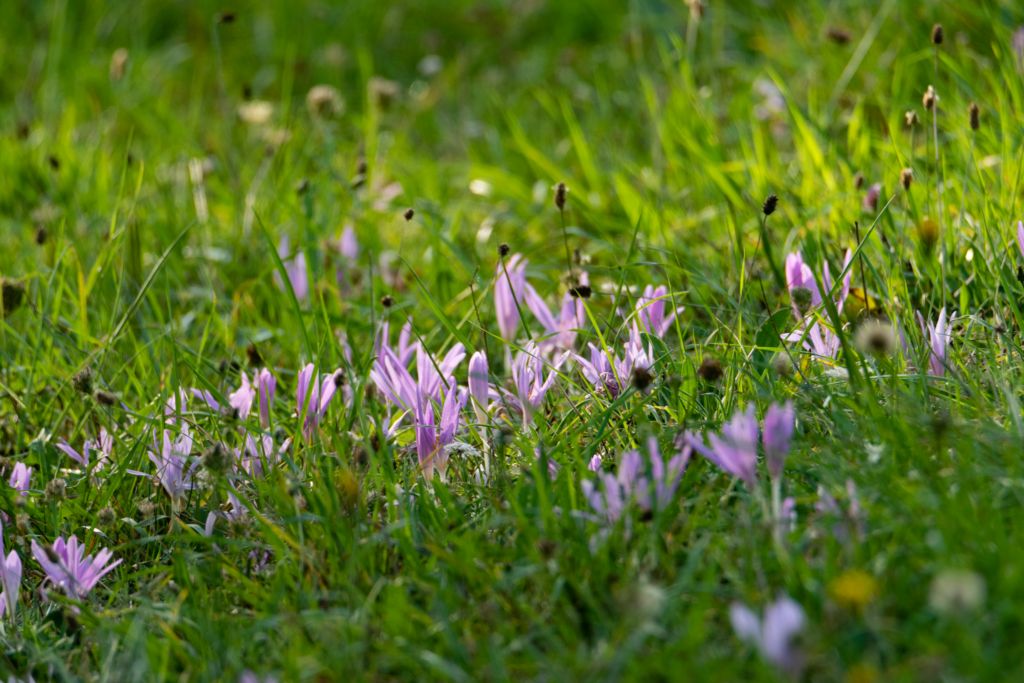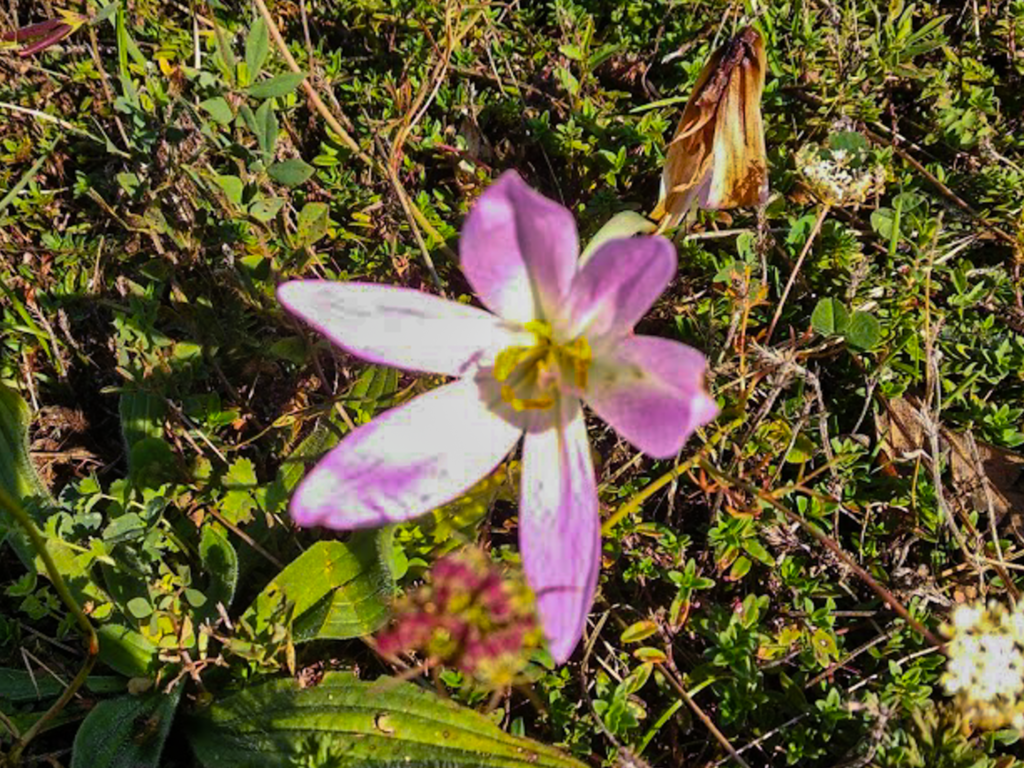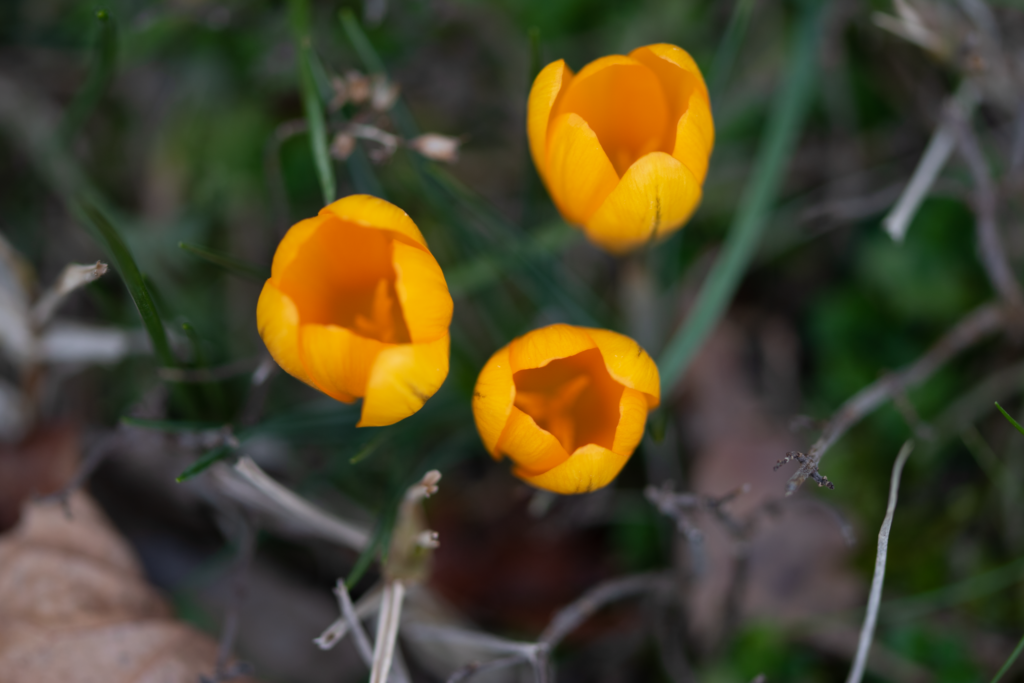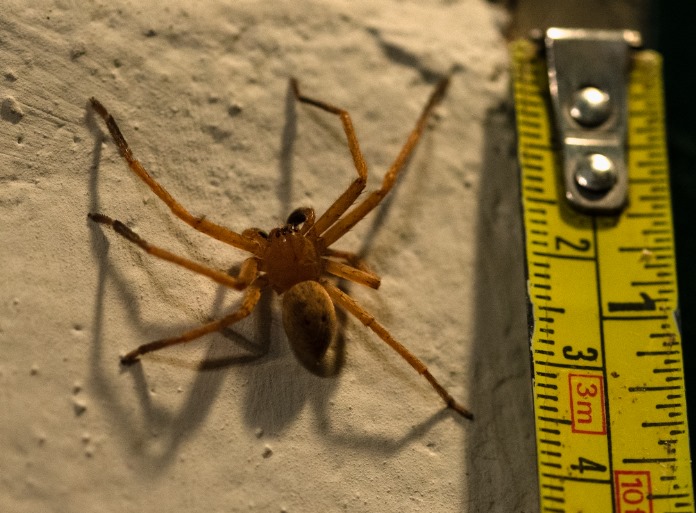Kenji Fukushima, Xiaodong Fang, David Alvarez-Ponce, Huimin Cai, Lorenzo Carretero-Paulet, Cui Chen, Tien-Hao Chang, Kimberly M. Farr, Tomomichi Fujita, Yuji Hiwatashi, Yoshikazu Hoshi, Takamasa Imai, Masahiro Kasahara, Pablo Librado, Likai Mao, Hitoshi Mori, Tomoaki Nishiyama, Masafumi Nozawa, Gergő Pálfalvi, Stephen T. Pollard, Julio Rozas, Alejandro Sánchez-Gracia, David Sankoff, Tomoko F. Shibata, Shuji Shigenobu, Naomi Sumikawa, Taketoshi Uzawa, Meiying Xie, Chunfang Zheng, David D. Pollock, Victor A. Albert, Shuaicheng Li & Mitsuyasu Hasebe
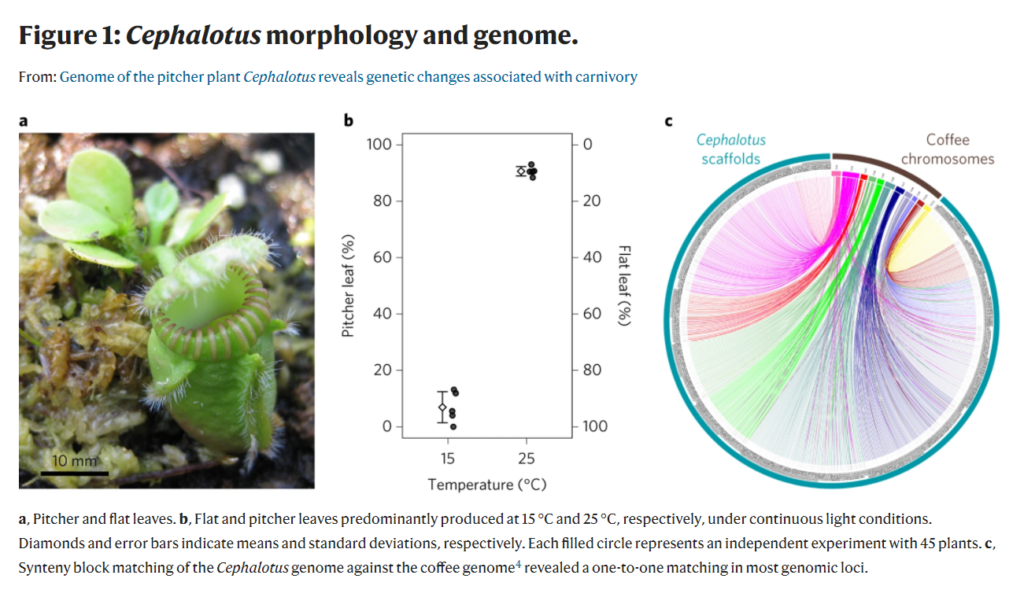
Abstract
Carnivorous plants exploit animals as a nutritional source and have inspired long-standing questions about the origin and evolution of carnivory-related traits. To investigate the molecular bases of carnivory, we sequenced the genome of the heterophyllous pitcher plant Cephalotus follicularis, in which we succeeded in regulating the developmental switch between carnivorous and non-carnivorous leaves. Transcriptome comparison of the two leaf types and gene repertoire analysis identified genetic changes associated with prey attraction, capture, digestion and nutrient absorption. Analysis of digestive fluid proteins from C. follicularis and three other carnivorous plants with independent carnivorous origins revealed repeated co-options of stress-responsive protein lineages coupled with convergent amino acid substitutions to acquire digestive physiology. These results imply constraints on the available routes to evolve plant carnivory.
Continue to read the full article on Nature.com
